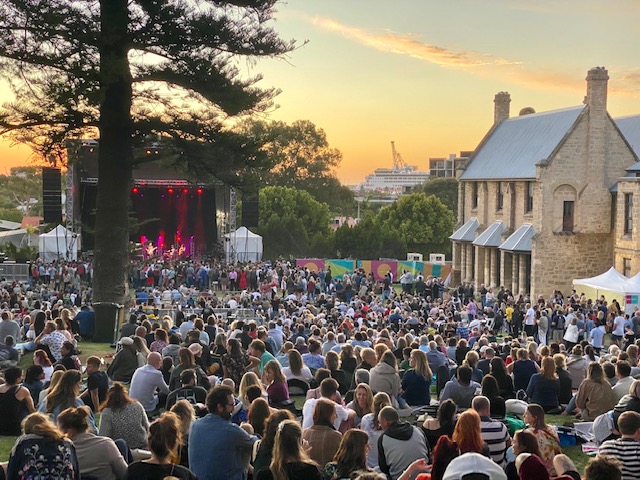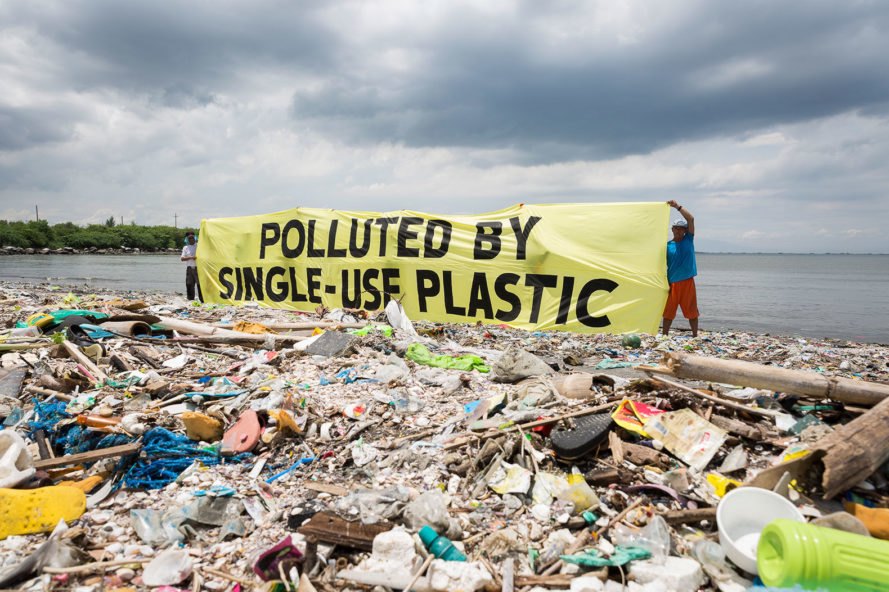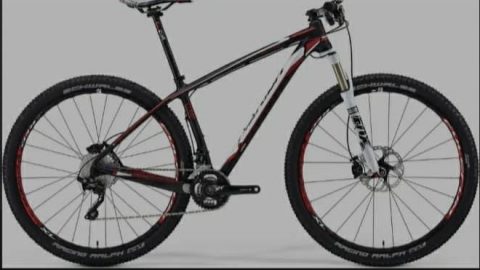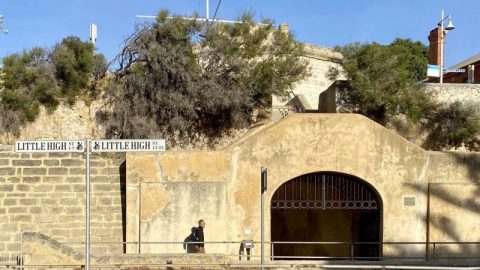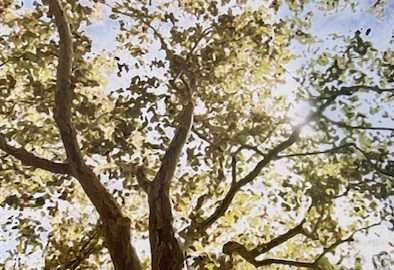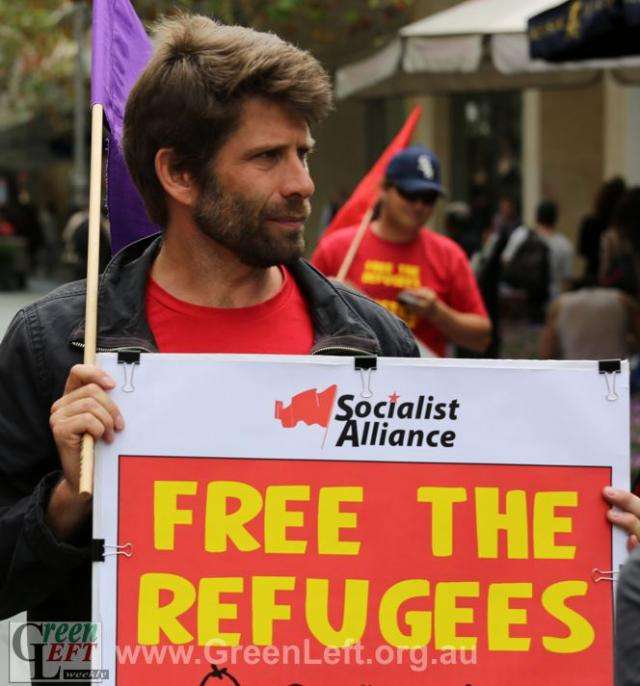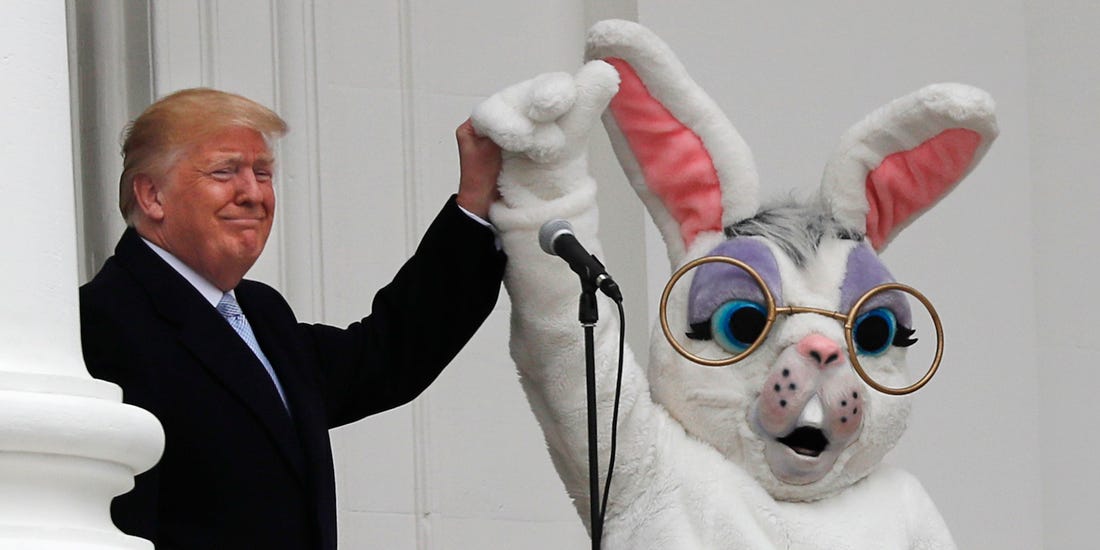On election night I was assigned by WAtoday to drive up from Fremantle to Perth to spend the evening with Brad Pettitt and the blossoming Greens as they waited to find out how many seats they were on track to win in the freshly reconstituted Upper House.
I knew independent Kate Hulett would do well in her Lower House battle against Labor minister Simone McGurk, but not so well I could convince my editor that Ode to Sirens on High Street would be the place to be on election night and not the Hyde Park Hotel in North Perth.
When the first numbers for Freo flashed up on the screen revealed Hulett to be streaking ahead of both Labor and the Greens I pushed past the celebrating Greens, jumped into my car and raced back down Stirling Highway desperate to get to Ode to Sirens before the champagne corks were popped, all the while working up an excuse in case I was pulled over by the cops (“But officer — there’s a miracle happening on High Street!”).
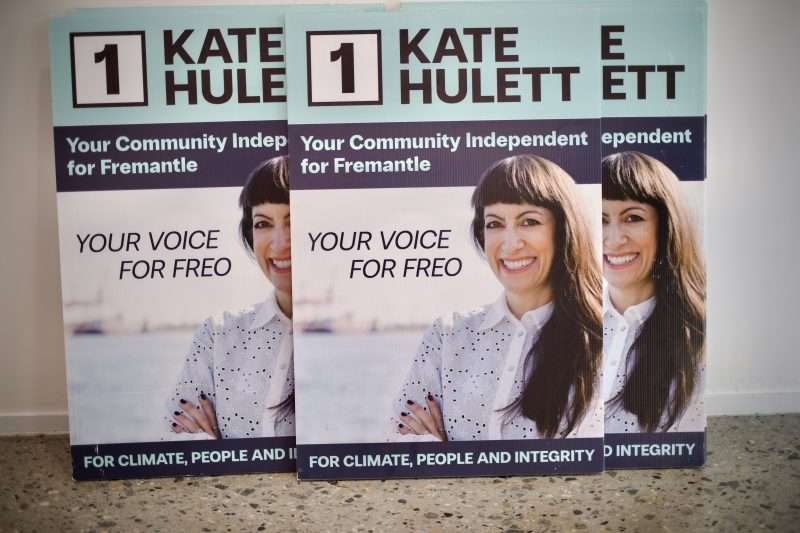
The corks stayed firmly in the bottles as the Electoral Commision had also failed to predict the Hulett surge and started dispersing preferences to Labor and the Greens — the so-called “maverick” count in which previous results determined the two-party preferred — delaying the result of the nailbiter by many days.
How did we all get it so wrong? How did we not notice that the anger of Fremantle electors over such issues as the new multi-storey police complex dropped into the city’s historic heart, the number of closed shops and the neglected cityscape would translate into one the most stunning near-upsets in recent political history?
Even former mayor and Greens elder statesman Brad Pettitt, who knows Fremantle as well as anybody, told me this week that Kate’s performance took him by surprise. “I did not see it coming,” admitted Brad over coffee near his Roundhouse adjacent electoral office.
The reason every journalist and political pundit in Western Australia missed Hulett’s rise and rise was because we were all looking in the wrong direction.
We were reading newspapers and news websites and listening to the ABC and to 6PR. Meanwhile, the artist-turned-retailer and her team were working effectively in other spaces (with generous support from Simon Holmes a Court’s Climate 200), pulling attention-grabbing stunts such as cleaning up that eternal eyesore on the Cappuccino Strip, Hungry Jacks, and, most significantly, channelling huge energy into social media.
Politicians using Facebook and Instagram and TikTok is not new. However, Hulett’s team realised Kate was such a natural performer in front of the camera — she’s warm, funny, fully engaged and authentic — they unleashed a series of snappily edited videos that zero packaged her key campaign talking points (a piece in which Hulett walked through the streets of Freo pointing out empty shops and neglected amenities in Freo was a real eye-catcher).
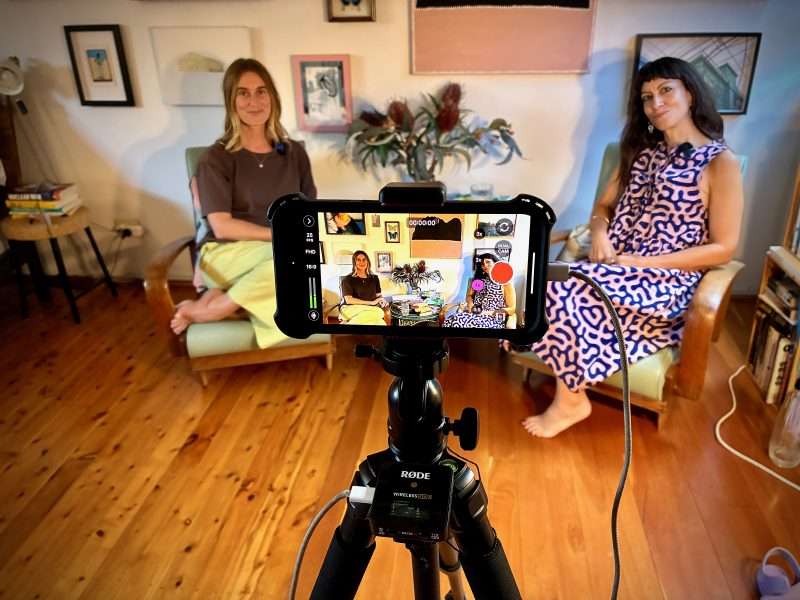
Instead of bothering with the traditional media, whose ability to influence political campaigns has been on the slide for many years, the Kate for Fremantle team put her in the front of the camera as much as possible and their social media gurus put those punchy bites in front of voters on Instagram and Facebook and other platforms, which is how most of us are now consuming news content.
“The recent US election signalled the death of conventional media when it comes to determining the fate of elections,” one of Hulett’s campaign workers told me.
“Traditional media companies like the New York Times were not favourable to Donald Trump. So he bypassed social media and podcasts to reach his audience. It was a game-changer,” they said.
The Kate for Fremantle campaign was so effective — the Hulett camp claims they racked up an astonishing five million views in just eight weeks — that they are taking it to the next level for her tilt at the Freo Federal seat with this week’s launch of a podcast, A Piece of Kate.
Each weekday at 7am the Hulett team will post a video on YouTube, Apple Podcasts and other platforms in which the candidate will not simply pump out policy positions, as is the traditional political modus operandi, but take voters behind the scenes of her fight to wrest the Federal Freo seat from Labor’s deeply entrenched Josh Wilson. In other words, she is applying content marketing methodology to the selling of Kate.
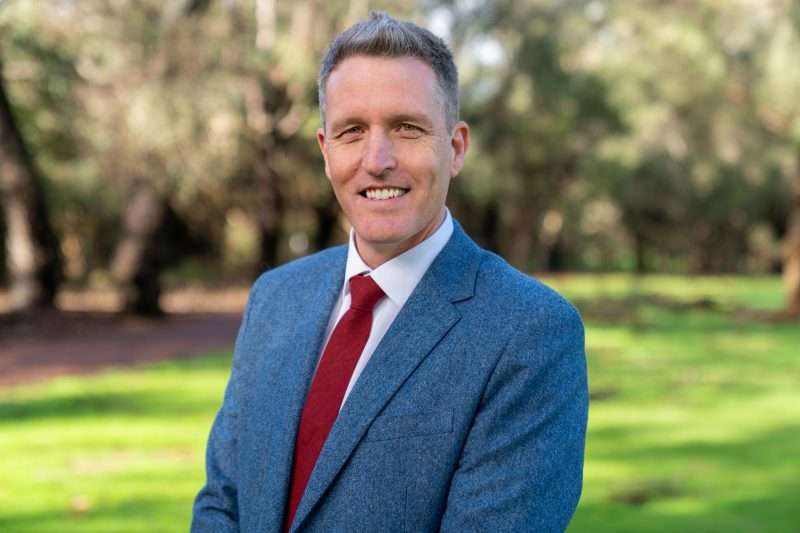
In the first two episodes Hulett sits down with her chief of staff Emma, speaks openly about the State election and deep dives into the political process, leaning into her teal-adjacent commitment to transparency and a belief that obfuscation prevents ordinary folks getting involved in the decision-making that impacts their lives.
“I realised the major parties benefit from us not knowing stuff,” Hulett says in the press release for the podcast, using the earthy, direct, unselfconscious language that won her so many supporters in the State election and she is now using in her podcast.
I listened to the first two A Piece of Kate podcasts and found them to be very engaging. They would probably drive political junkies nuts — Hulett, in particular, is pretty free-wheeling when describing the machinery of elections and government — but the podcasts are for a broad audience, an outsider with one foot in the door relaying information to those desperate to see the system shaken up.
The podcast is a huge undertaking by the Hulett campaign. Indeed, they are betting the house on Hulett’s ability to engage audiences with her vivacity and naturalness in front of the the microphone and the camera, according to both my source and Hulett herself, who said in a startlingly candid moment in the first pair of podcasts — that the podcast is the heart of her attempt to unseat Labor.
Social media worked astoundingly well in Fremantle, which has a very engaged audience and who are in sync with the idea of an artist and photographer as a candidate, but will it play the further you get away from the Cappuccino Strip?
“We are not fighting affection for the major parties but overall disengagement. This is why the podcast is so important. It will enable us to reach audiences who are not normally reached by politicians. Not just the long form but grabs that articulate all the key issues,” says my source.
While Pettitt agrees that the means for reaching voters has been totally transformed in the two decades since he ran for Freo mayor, the Greens MLC believes you can’t completely ignore old media because they still bring credibility and a seriousness to messaging.
“If you can get a story into The West and WAtoday that will then get picked up by radio and by television and it starts to be spread, most powerfully through social media. Old media plays a curatorial role. It brings a level of trust. You are reading someone who knows the issues and is committed to getting the facts right,” says Pettitt.

Ironically, for all this talk about social media, the Greens and the Hulett campaign (and undoubtedly Labor, the Liberals and the other candidates) are equally committed to a form of communication that goes back to the era of John Curtin and Frankly D. Roosevelt — the corflute or political poster.
“Posters connect the candidate to their community,” explains Pettitt. “You see the face of the candidate in familiar places and you immediately see them as a part of your world. It is especially effective when those signs are placed in front of businesses frequented by voters. It establishes an immediate bond. It communicates trust.”
When I put the question of corflutes still being used in the age of social media to Mark Braddock of the branding agency Block he said something similar is happening in the world of marketing, where billboards have made a huge comeback.
“Trying to capture someone’s attention as they scroll through their phones is extremely difficult. But when you’re driving or walking you are forced to be aware of your surroundings. So if those billboards or signs are clever and engaging they now end up getting shared on social media. So it is tradition and the future working side by side” argues Braddock.
However, with all these tools — old media, political stunts, signage, social media, viral videos and so forth — an indie such as Hulett and the similarly focused Greens still have an uphill task unseating Labor in Fremantle because of the size and diversity of the electorate and the power of incumbency.
“The inner and outer suburbs are mirror images of each other,” argues Pettitt. “The Voice received 75% support in Fremantle CBD and 75% against at the other end of the electorate. It is a very different demographic to Fremantle in the State election. So it presents a huge challenge for both Kate and for the Greens candidate.
“However, she has got the momentum and she has name recognition after her stunning performance in the State elections. Kate will find it hard to win, but I think she and our candidate Amy Warne will chip away at that lead quite considerably.”
* By Mark Naglazas

~ If you’d like to COMMENT on this or any of our stories, don’t hesitate to email our Editor.
~ WHILE YOU’RE HERE –
PLEASE HELP US TO GROW FREMANTLE SHIPPING NEWS
FSN is a reader-supported, volunteer-assisted online magazine all about Fremantle. Thanks for helping to keep FSN keeping on!
~ Don’t forget to SUBSCRIBE to receive your free copy of The Weekly Edition of the Shipping News each Friday!
